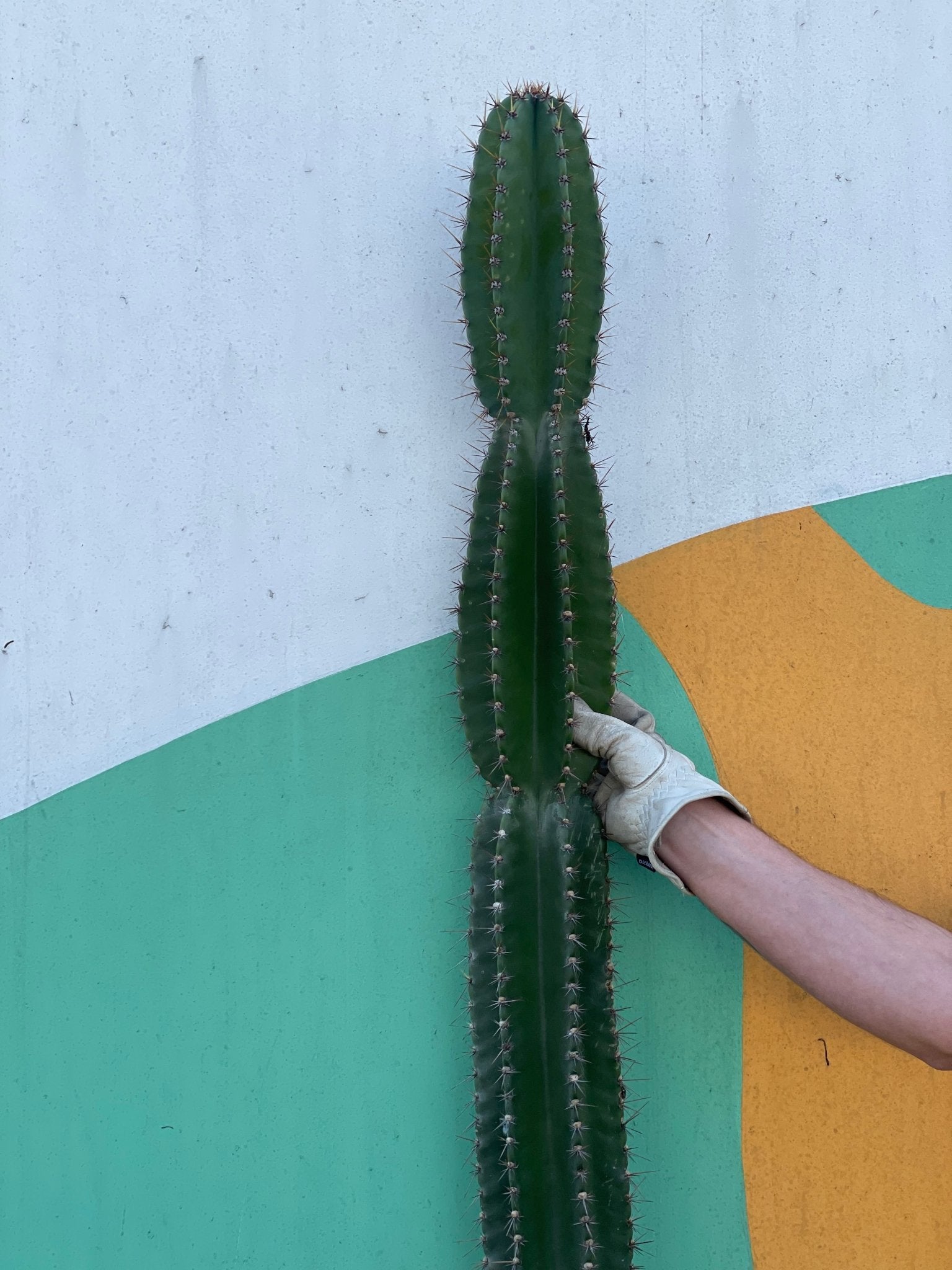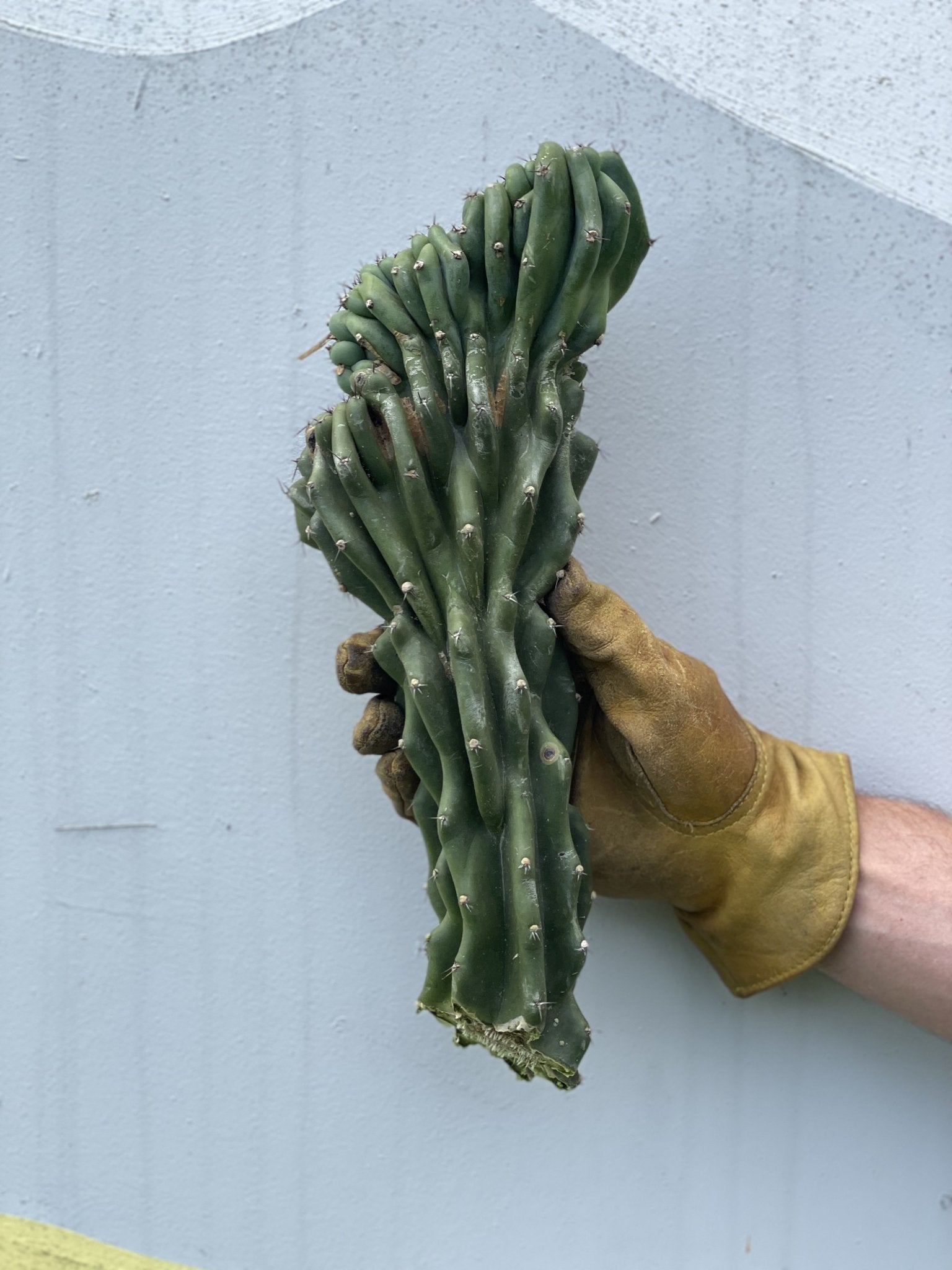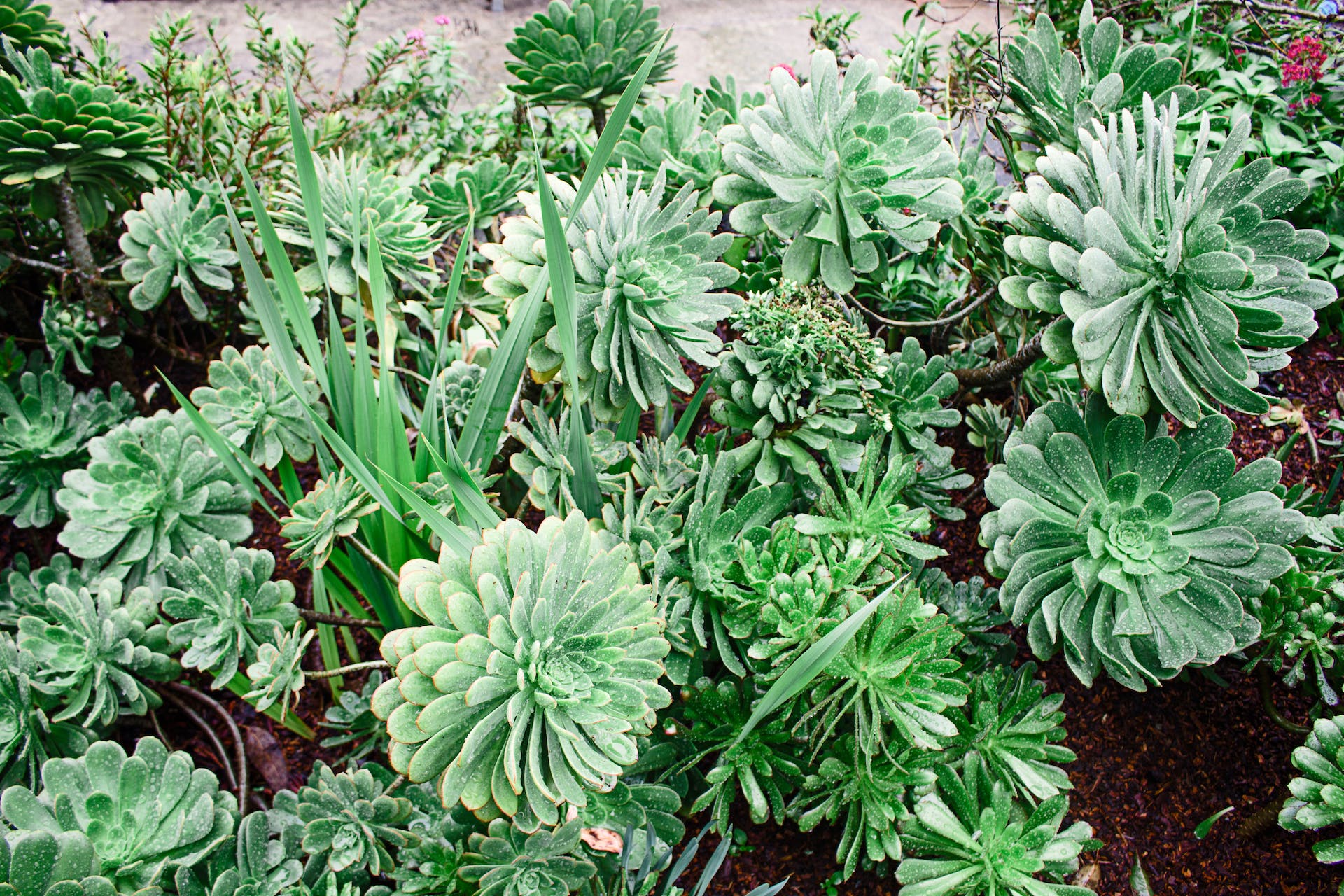Amidst the colorful tapestry of flora, succulents have emerged as an epitome of nature's resilience and adaptability. Their effortless charm coupled with an inherent knack for sustainability makes them a favorite among garden enthusiasts and environmentalists alike. As the world pivots towards eco-friendly practices, succulents are silently leading the charge, showcasing how green choices can be both beautiful and beneficial.
This article aims to shed some light on the various avenues through which succulents contribute to sustainability, making a compelling case for their inclusion in our gardens and living spaces.
Water Conservation: A Droplet Goes a Long Way
In a world where water is becoming an increasingly scarce resource, the water-wise nature of succulents is a boon. Their unique ability to store water in their leaves, stems, and roots allows them to thrive in arid conditions with minimal water requirements.
By choosing succulents for landscaping and gardening projects, we significantly reduce the water demand, contributing to conservation efforts. Furthermore, their drought-resistant characteristic reduces the dependency on artificial irrigation, saving substantial amounts of water over time.
Soil Erosion Prevention: Holding the Ground Together
The widespread root systems of many succulent species play a crucial role in preventing soil erosion. By firmly holding the soil together, they combat erosion effectively, especially in areas with loose or sandy soil.
This attribute is not only crucial for maintaining the soil's integrity but also provides a stable ground for other vegetation to flourish. The reduction of soil erosion leads to better water retention in the soil, further enhancing the sustainability quotient of the landscape.
Carbon Sequestration: The Understated Carbon Warriors
Though not as robust as some larger trees in sequestering carbon, succulents do play their part in this essential environmental process. By absorbing carbon dioxide during the day and releasing oxygen, they contribute to reducing the carbon footprint, albeit on a smaller scale.
Every bit of carbon sequestration counts, and the collective contribution of succulents in gardens and landscapes across the globe is a step in the right direction towards mitigating climate change.
Air Quality Improvement: Breathing Life into Spaces
Succulents are among the select few plants that continue the process of photosynthesis at night. This unique characteristic makes them valuable allies in improving air quality.
By converting carbon dioxide into oxygen round the clock, they contribute to a healthier and fresher indoor and outdoor environment. Furthermore, some succulents have been found to remove toxins from the air, making them a natural choice for cleaner, healthier living spaces.
Pesticide Reduction: A Natural Shield Against Pests
The hardy nature of succulents makes them resistant to many common pests and diseases, reducing the need for chemical pesticides. Their resilience promotes a more organic approach to gardening, contributing to a reduction in the use of harmful chemicals.
By minimizing the dependency on pesticides, we are not only creating a safer environment for ourselves but also reducing the chemical load on the earth, fostering a healthier ecosystem.
Waste Reduction and Upcycling: A Circle of Sustainable Growth
Succulents are champions of propagation. Their ability to easily propagate from leaves and cuttings encourages a culture of growth and regeneration. This trait reduces the need for purchasing new plants, promoting a sustainable cycle of growth.
Succulents are also perfect candidates for upcycling projects. Old containers, broken ceramics, or any quirky item can serve as a new home for succulents, promoting creativity while reducing waste.
Temperature Regulation: Natural Coolants
The ability of succulents to help in temperature regulation is often overlooked. Their thick, fleshy leaves and the shade they provide can help in keeping the surrounding areas cool, making them a natural choice for green roofing and wall projects.
By absorbing sunlight and providing shade, they aid in reducing the heat island effect, particularly in urban settings. Moreover, green roofs with succulents can result in lower energy costs by providing natural insulation, thus contributing towards a sustainable urban landscape.
Habitat Creation: Biodiversity Boosters
Succulents also contribute towards biodiversity by serving as habitats for various microorganisms and insects. Their complex structures provide shelter and breeding grounds for beneficial insects, thus promoting a balanced ecosystem.
Moreover, certain succulent species flower prolifically, attracting pollinators like bees and butterflies, which play a crucial role in maintaining biodiversity and ensuring food security. By incorporating succulents into our gardens, we contribute to creating a diverse and vibrant ecosystem, which is a cornerstone of sustainability.
Final Thoughts
Succulents, with their myriad benefits, are more than just a trendy addition to home decor or gardens. They embody a harmonious blend of beauty, resilience, and sustainability, making a compelling case for their inclusion in our daily lives.
As we strive to foster a culture of sustainability, these green gems remind us that every small step counts. They teach us that embracing green and sustainable choices can be as simple as planting a succulent.
So, the next time you find yourself enchanted by the simple elegance of a succulent, remember, you're also looking at a symbol of sustainability, quietly championing the cause of eco-friendly living.
Explore the diverse world of succulents at Varnish and Vine today and take a step towards nurturing a greener tomorrow.












Leave a comment